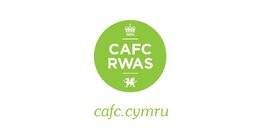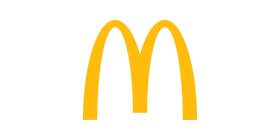Report Synopsis
Sustainable protein feeding for the UK dairy industry
As a dairy farmer working within the feed industry I am constantly frustrated by looking at unbalanced formulated diets which can be damaging to the health of the cow and the farmer’s pocket, as well as the environment. Crude Protein (CP) is the industry standard figure to express the level of protein within a diet. CP is only a measure of the nitrogen (N) multiplied by 6.25.
Research shows that only approximately 30% of the nitrogen (protein) that we feed to ruminants is converted to animal protein such as milk or meat (Dewhirst, 1996; Firkins, 1996). The rest can be lost either in the urine, the faeces or lost as urea within the milk. N excreted in the faeces and urine has the potential to be lost as ammonia to the atmosphere.
The key objectives of my report were to research and evaluate how to formulate low protein diets and maintain or increase production through increasing rumen N efficiency and capturing more of the N we feed by converting it into a saleable protein product such as milk or meat. This reduces the need to purchase expensive protein inputs which can be one of the highest costs on a dairy farm. Having a balanced diet would increase cow health and fertility as well as increasing environmental sustainability by reducing the risk of ammonia emissions.
During this project I travelled to the USA, Canada, the Netherlands, Dubai, Australia, New Zealand and Ireland, visiting research intuitions, meeting dairy nutritionists and consultants, along with visiting dairies from large housed herds to fully grass-based herds.
This report highlights that diets in the UK can be formulated with lower protein. However, the report also emphasises the need for more accurate feed analysis of our forages to help understand our fibre in order to increase fermentable carbohydrates within the diet and assist in achieving higher microbial protein yield. This can help increase rumen N efficiency and reduce secreted N. As an industry we need to get away from formulating diets to crude protein and feed for the level of amino acids that the animal requires. This would make us more efficient in utilising the protein we feed.
To further increase environmental sustainability of dairy farming we need to look at increasing feed efficiency to get more out of what we put in. We also need to realise the potential of our own farms to produce feed and increase DM yields before buying in feed in the form of forage or concentrates.
As a proud UK dairy producer, I am determined to improve both public perception and environmental sustainability, whilst increasing the profitability of UK dairy farming. I hope this report will assist in addressing some of these issues for both farm and industry.
Iwan Vaughan

Royal Welsh Agricultural Society

McDonald’s UK & Ireland

Similar Reports
- 2023
What's the beef? Opportunities for beef on dairy in New Zealand.
Matt Iremonger - 2023
The world of cacao
Linda Kopczinski - 2022
New Zealand Dairy Trade And Market Expansion Opportunities.
Parmindar Singh - 2022
The Utilisation and Impact of Robotics on Large Scale Dairying
Alisdair Cook
